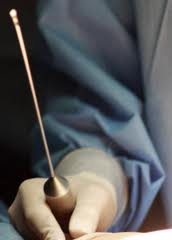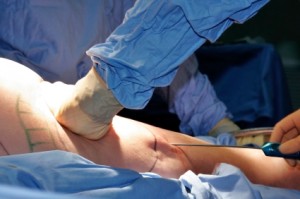Liposuction is one of the most commonly done plastic surgery procedures around the world. It has seen more technical advancements in the past decade than in the prior four decades of its use. But despite these improvements in fat extraction, the most basic elements of liposuction have remained the same. The triad of an infusion solution and cannula extraction under negative vacuum pressure serve as the backbone of the procedure.
The history of liposuction is an interesting one and dates back, incredibly, almost one hundred years. The first effort of a liposuction procedure dates back to 1921 by a French surgeon, Dr. Charles Dujarer, who attempted to remove fat using a fine tube made of bamboo. After several years and a few patients, the bamboo tubes were replaced with gynecologic curettage cannulas. Then in 1924 a famous model in Paris had the procedure and due to infection and an injury to the femoral artery needed an amputation and she died as a result of her injuries weeks later. Not only did the surgeon lose his license but the liposuction never got after the ground and became a lost technique.
It did reappear again forty years later in the mid-1960s amongst gynecologists in Europe using abortion cannulas. They were used to curette the fat through small incisions and the fat was then extracted by applying external pressure to the tissues and suctioning the incisional opening. This predictably did not produce good results and were associated with a lot of tissue trauma and prolonged recoveries.The gynecologic connection continued, however, and the first true liposuction publication appeared in an Italian gynecologic journal in 1976 by Dr. Arpad Fisher. The female patient population of gynecologists and their use of gynecological instruments for suctioning tissues made it a fertile ground for the liposuction concept.

While blunt-tipped cannulas and adequate negative pressure suction were major improvements, the liposuction procedure still caused significant tissue trauma and substantial bruising. The next advancement and the last one of the triad of liposuction fundamentals was the introduction of the ‘wet’ technique. The concept of first introducing a wetting solution into the tissues that controlled bleeding and provided some local anesthesia was introduced in 1985 by dermatologist, Dr. Jeffrey Klein. By infusing a solution containing dilute amounts of epinephrine and lidocaine, the tissues become inflated or tumesced which also made the movement of the cannulas slide easier through them.

Dr. Barry Eppley
Indianapolis, Indiana



